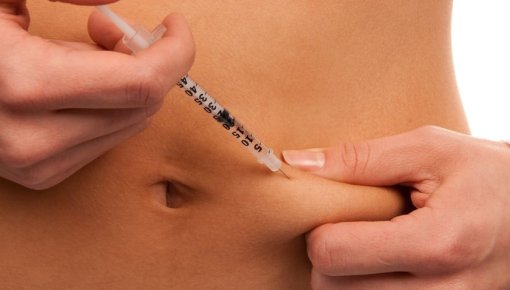Alsaleh FM, Smith FJ, Taylor KM. Experiences of children/young people and their parents, using insulin pump therapy for the management of type 1 diabetes: qualitative review. J Clin Pharm Ther 2012; 37(2): 140-147.
Benkhadra K, Alahdab F, Tamhane SU et al. Continuous subcutaneous insulin infusion versus multiple daily injections in individuals with type 1 diabetes: a systematic review and meta-analysis. Endocrine 2017; 55(1): 77-84.
Bode B, Shelmet J, Gooch B et al. Patient perception and use of an insulin injector/glucose monitor combined device. Diabetes Educ 2004; 30(2): 301-309.
Deutsche Diabetes Gesellschaft (DDG). S3-Leitlinie: Therapie des Typ-1-Diabetes. AWMF-Registernr.: 057-013. 2018.
Qin Y, Yang LH, Huang XL et al. Efficacy and Safety of Continuous Subcutaneous Insulin Infusion vs. Multiple Daily Injections on Type 1 Diabetes Children: A Meta-Analysis of Randomized Control Trials. J Clin Res Pediatr Endocrinol 2018; 10(4): 316-323.
Sullivan-Bolyai S, Knafl K, Tamborlane W et al. Parents' reflections on managing their children's diabetes with insulin pumps. J Nurs Scholarsh 2004; 36(4): 316-323.
IQWiG health information is written with the aim of helping people understand the advantages and disadvantages of the main treatment options and health care services.
Because IQWiG is a German institute, some of the information provided here is specific to the German health care system. The suitability of any of the described options in an individual case can be determined by talking to a doctor. informedhealth.org can provide support for talks with doctors and other medical professionals, but cannot replace them. We do not offer individual consultations.
Our information is based on the results of good-quality studies. It is written by a team of health care professionals, scientists and editors, and reviewed by external experts. You can find a detailed description of how our health information is produced and updated in our methods.

